Happy 80th Bob: the rock-n’roll minstrel’s life in 10 songs (and three flops)
As the singer-songwriter turns 80, here are the stories behind Bob Dylan’s greatest tracks, and what they tell us about him | HAVE YOUR SAY
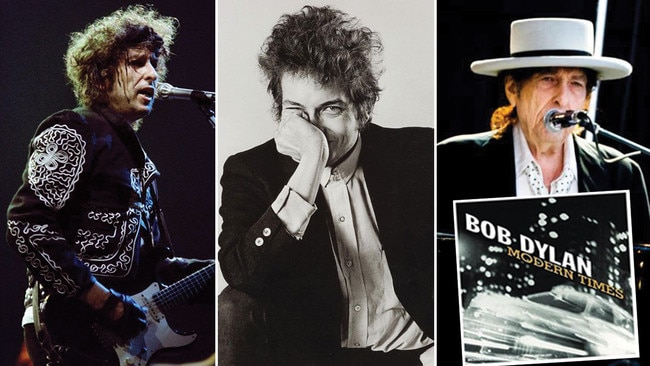
BLOWIN’ IN THE WIND (1962)
The song that launched a thousand protest marches was loosely inspired by an African-American spiritual, No More Auction Block/We Shall Overcome. (If he were singing it in Greenwich Village today, a young Bob Dylan might find himself being accused of cultural appropriation.) By fusing social ideals with his own adaptation of biblical rhetoric, the coffee house hero was building on the venerable tradition of folk as a vehicle for political change.
The song quickly found an audience, helped along by the hit recording by Peter, Paul and Mary. And the album on which it first appeared in 1963, The Freewheelin’ Bob Dylan, bequeathed a timeless photograph. Shot by Don Hunstein — who created so many memorable images of another Columbia luminary, the classical pianist Glenn Gould — it showed the young singer walking through the Village with his girlfriend at the time, Suze Rotolo. The couple became the emblem of a new unbuttoned generation. And 1963 was also the year that Dylan performed at Martin Luther King’s March on Washington.
SUBTERRANEAN HOMESICK BLUES (1965)
By now he had edged away from acoustic folk to a brand of rock’n’roll and Beat-influenced wordplay that sought to confront the Beatles invasion head-on. The elements came together on Bringing It All Back Home, an album that pushed pop into new territory.
Even the cover sleeve exerted mystique: who was that oh-so-cool woman reclining in the background with a cigarette as Dylan stared into the camera? One madcap rumour suggested that it was the singer himself in drag. In fact, the mystery model was Sally Grossman — the wife of Dylan’s manager — who died just two months ago, aged 81.
The playlist included Maggie’s Farm, It’s All Over Now, Baby Blue and Mr Tambourine Man. Subterranean Homesick Blues also spawned a forerunner of that music industry staple, the pop video. The celebrated documentary filmmaker DA Pennebaker captured Dylan having fun with homemade cue cards at the rear of the Savoy hotel in London. A new, anarchic world was being born.
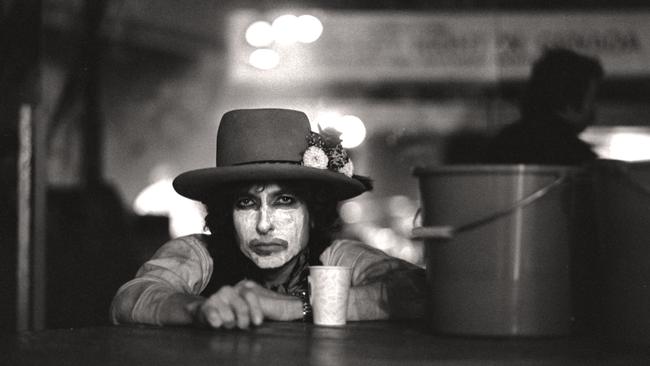
LIKE A ROLLING STONE (1965)
Who was the mystery tramp? Who was the diplomat? Who was Miss Lonely? The lyrics were growing denser and more cryptic, fuelled in part by amphetamines and LSD. Paul McCartney was among the musicians who were dazzled by Dylan’s vision in Like a Rolling Stone. “He showed all of us that it was possible to go a little further.”
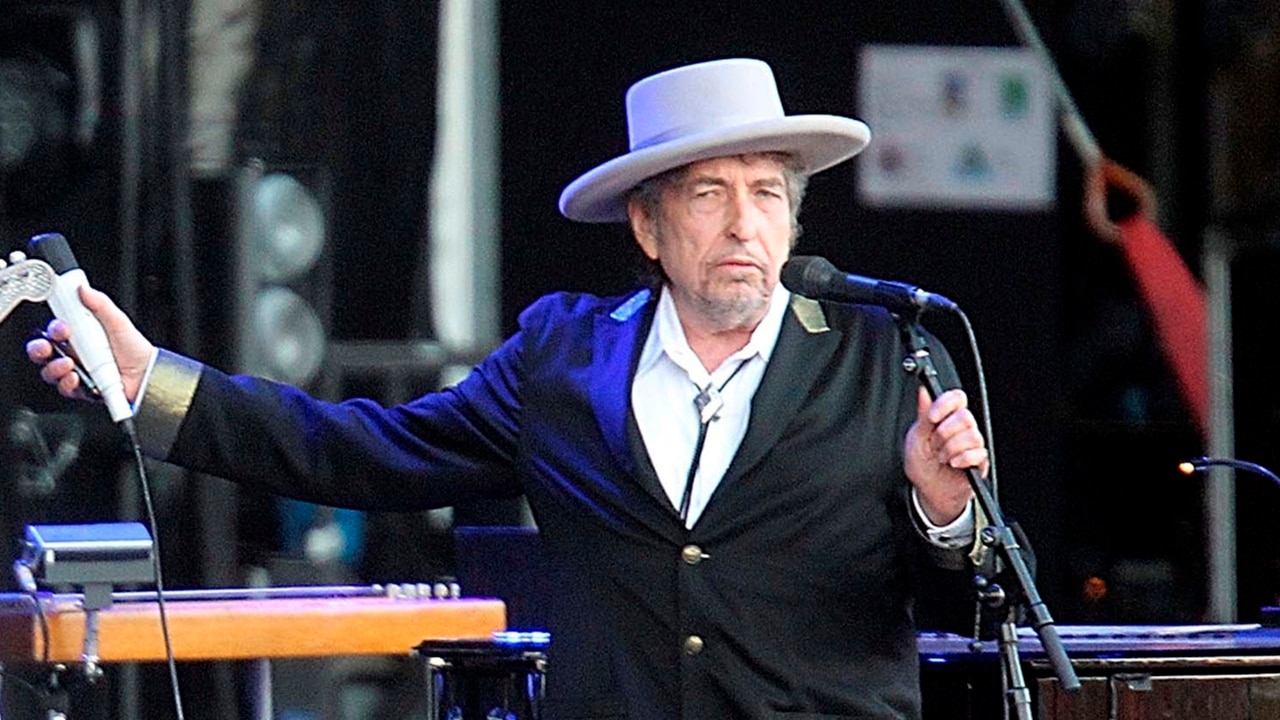
A six-minute single was a rarity at the time. Dylan had distilled the words from multiple pages of what he later described as vomit. In the studio the musicians had to work hard to nail down a definitive version. The rock essayist Greil Marcus describes them “circling around the song like hunters surrounding an animal that has escaped them a dozen times”. In the end they caught it, and a classic was born.
JUST LIKE A WOMAN (1966)
It wouldn’t be long before double albums would be an essential part of every self-respecting rock god’s arsenal. When Dylan released the twin discs of Blonde on Blonde, however, the format was still a novelty. To many a Dylan fan, young and old, the set remains the high-water mark of his recording career. Leopard-Skin Pill-Box Hat shows him at his most sardonic. He strikes a more pensive note on Just Like a Woman. Was it inspired by his relationship with Edie Sedgwick, the model and member of Andy Warhol’s inner circle? Was there, as some feminist critics claimed, misogyny at the heart of the song? Not for the first time the ambiguity in Dylan’s lyrics spawned many a late-night debate among the faithful.
LAY LADY LAY (1969)
One of those song titles that can still cause a seizure among the grammar police. And a glimpse too of the songwriter at his most intimate and tender. Turning away from counterculture politics, Dylan was immersing himself in country music when he cut this record for his Nashville Skyline album. Had things turned out differently, the song might have ended up on the soundtrack of the film director John Schlesinger’s caustic portrait of New York low-life, Midnight Cowboy. Dylan, however, missed his deadline, leaving the field free to Harry Nilsson and Everybody’s Talkin’.
Dylan’s voice sounds very different here. Gone is the nasal whine; instead we hear a deeper, more masculine tone, not so far removed from the honeyed timbre he would later deploy on his long-running radio show Theme Time Radio Hour, which gave an invaluable insight into the vintage genres that shaped his omnivorous musical tastes.
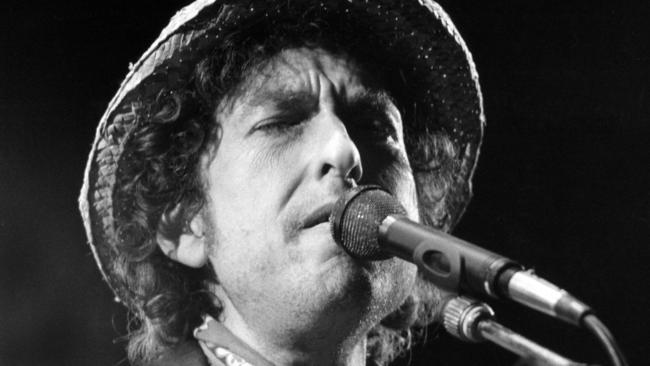
KNOCKIN’ ON HEAVEN’S DOOR (1973)
Dylan had better luck in the film world a few years later. As well as writing the music for the director Sam Peckinpah’s western Pat Garrett and Billy the Kid, he landed a small part in the movie, alongside his fellow musician Kris Kristofferson and the Sixties heart-throb James Coburn.
Although he was renowned for splattering fake blood across the screen, Peckinpah – who knew next to nothing about Dylan’s work – would have preferred to have given the soundtrack assignment to the much smoother country hit maker, Roger Miller. Yet after hearing some of the younger man’s melodies, Peckinpah was delighted. “Who is that kid? Sign him up!”
Peckinpah’s problems with the MGM bean counters caused no end of tension on set, and the studio eventually insisted on butchering the movie. For Dylan, though, there was ample compensation in the form of a much-needed hit. Eric Clapton and Bruce Springsteen are among those who have recorded versions.
HURRICANE (1975)
“Pistol shots ring out in the bar room night.” Here was an urgent, impassioned throwback to the political protest singer of yesteryear. The subject was the life sentence handed to Rubin “Hurricane” Carter, an African-American middleweight boxer accused of a triple murder.
Convinced the fighter was innocent, Dylan threw his weight behind the campaign to clear his name. The result was the immaculate opening track to one of his best albums, Desire, the storytelling and fiery violin throwing the listener into the middle of the chaos. Did Dylan get all the details right? No. He also had to make changes to placate the CBS lawyers. Still, the song played its part in helping to overturn Carter’s conviction; the charges against him were finally dismissed in 1988.
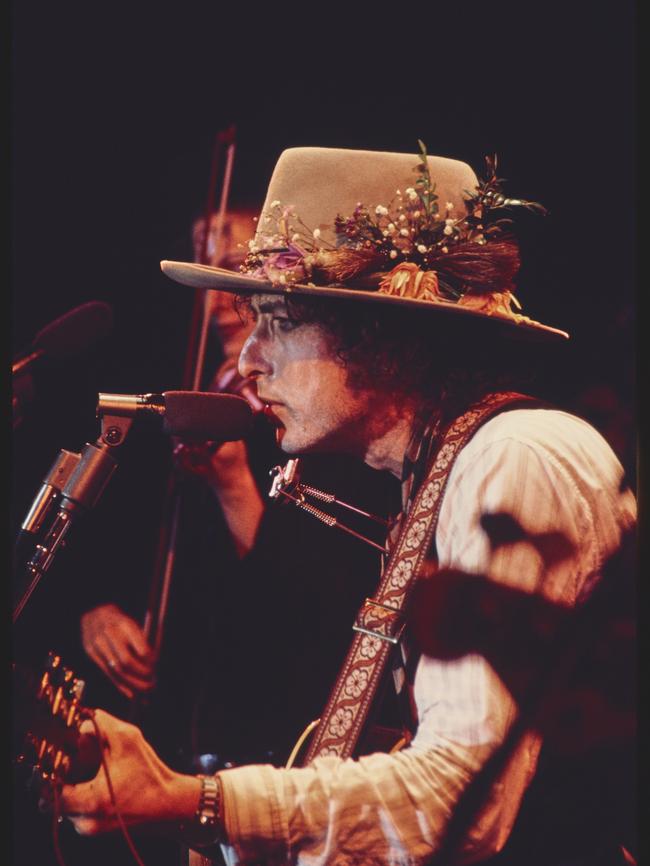
GOTTA SERVE SOMEBODY (1979)
Few music critics batted an eyelid when Johnny Cash recorded gospel albums — after all he was a country boy from Arkansas. However, Dylan’s conversion to a born-again brand of Christianity in the Seventies was a thoroughly discombobulating turn of events. Here was a musician who had become an emblem of freethinking and nonconformist suddenly crossing over to the enemy.
Still, there was an undercurrent of old-school soulfulness in the best of his Old Testament evangelising. With the veteran R&B producer Jerry Wexler overseeing proceedings in the famed Muscle Shoals studio and Mark Knopfler adding crisp guitar, Gotta Serve Somebody stands comparison with the work of soul masters such as Bobby Bland. John Lennon doesn’t appear to have been impressed, though. He mischievously responded with a song of his own: Serve Yourself.
EVERYTHING IS BROKEN (1989)
Just when it seemed he had run out of fresh ideas, Dylan returned to form on Oh Mercy, an album recorded in New Orleans with the producer Daniel Lanois (who went on to sprinkle the same stardust over Willie Nelson’s glorious set Teatro). What Good Am I? is starkly compelling; Man in the Long Black Coat is built around shimmering guitar phrases. Everything is Broken, the punchiest of them all, paints a picture of a world at the end of its tether. Dylan had always been a contrarian spirit; now he sounded more world-weary than ever. The music fizzes with bluesy funk: even if the world is coming to an end, that sinuous beat invites you to dance your cares away.
MURDER MOST FOUL (2020)
He hasn’t lost his talent for springing surprises. Last March Dylan chose the moment when the Covid pandemic was just beginning to spread through the world’s bloodstream to release his first new material in years, a 17-minute ballad about the assassination of JFK.
It’s not so much a song, more a garrulous recitation, the band gently rumbling away in the background as the singer unfurls his doom-laden narrative. ” ‘Twas a dark day in Dallas – November ‘63. The day that will live on in infamy.” There then follow references to everything from the Zapruder film to Jack Ruby, the Beatles, Buster Keaton and the jazz pioneer Thelonious Monk. Some fans cringed; the Times rock critic, Will Hodgkinson, thinks it’s “one of the best songs Dylan has ever written”. In its lengthy review the Times Literary Supplement observed: “The song’s allusiveness is likely to keep the Dylan academic industry busy for some time.”
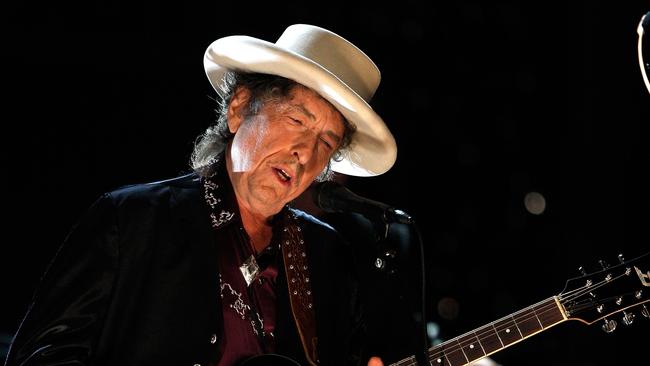
THREE DYLAN FLOPS
WIGGLE WIGGLE (1990)
The Nobel prize committee probably didn’t linger on this one when it handed out that award for literature. If some of Dylan’s songs can sound overstuffed with meaning, Wiggle Wiggle wouldn’t get past quality control at Sesame Street. It’s still fun in a perverse sort of way, though.
HARK THE HERALD ANGELS SING (2009)
A Dylan Christmas album? Why not? There are actually some genuinely touching moments – you can almost imagine Uncle Bob handing out mince pies as he sports a Perry Como sweater. He absolutely mangles Hark the Herald Angels Sing, yet at least his heart is in the right place.
AUTUMN LEAVES (2014)
Late in his career Dylan has been doffing his hat to Frank Sinatra’s classic Capitol and Reprise recordings. Reviewers tend to go out of their way to say complimentary things about them. It’s certainly good to see audiences discover songs that are unfairly tagged as “nostalgia”. (Are Beethoven and Mozart nostalgia too?)
Yet his voice is now so ragged that it often makes for painful listening. In concerts it is even more exposed. The comedian (and Dylan admirer) Rich Hall wrote a glorious parody of late-period Bob, entitled Bob Dylan (Is Getting Back Together), that you can watch on YouTube. It’s pitch-perfect: “I went to see Bob Dylan about a month ago in Chicago, and I can honestly say I want everyone’s money back.”
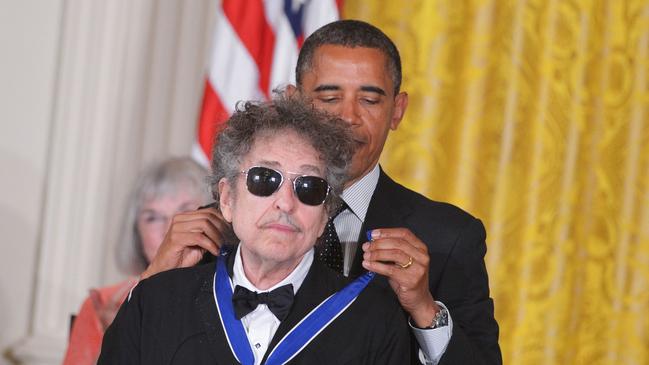
The Times

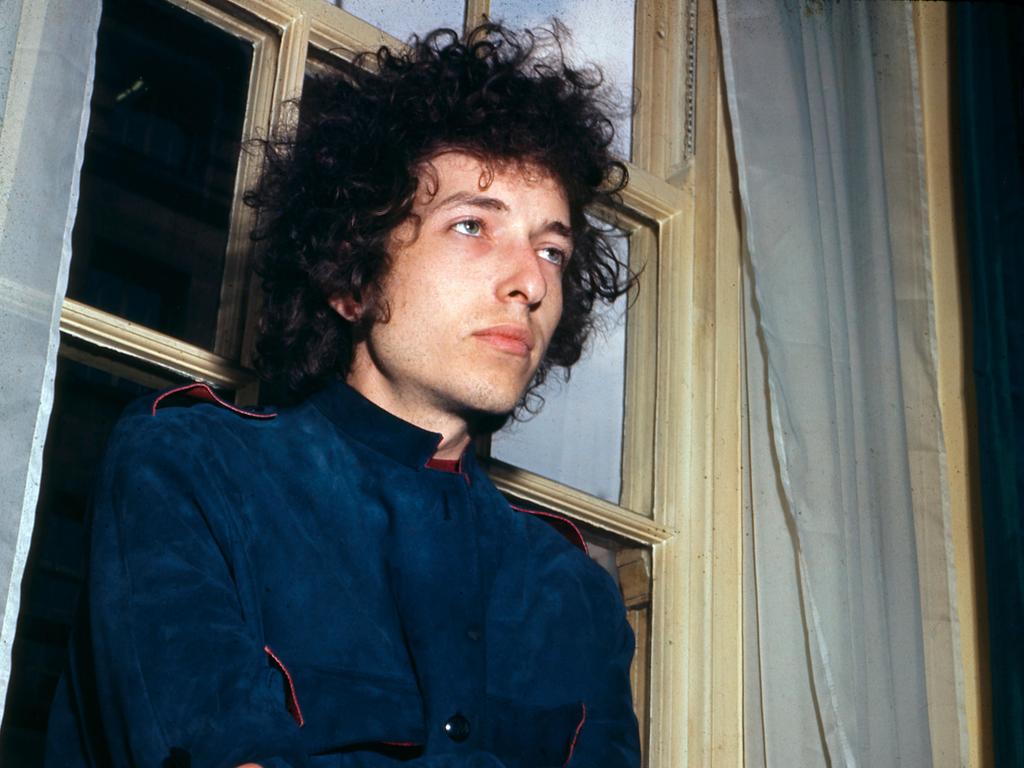
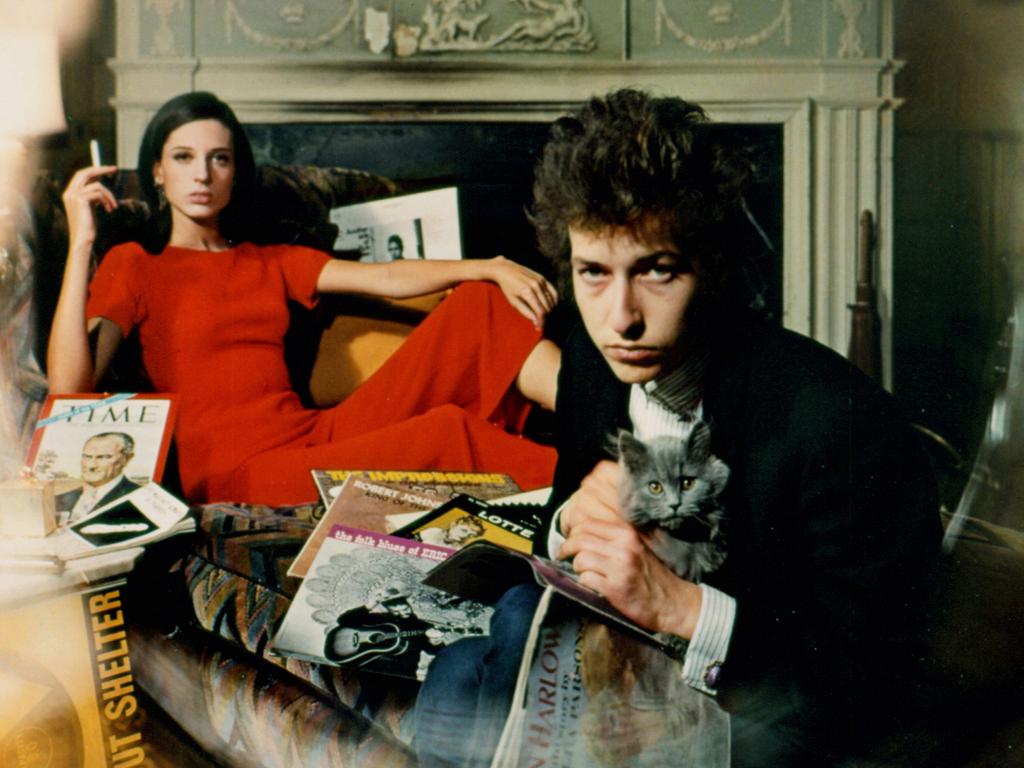
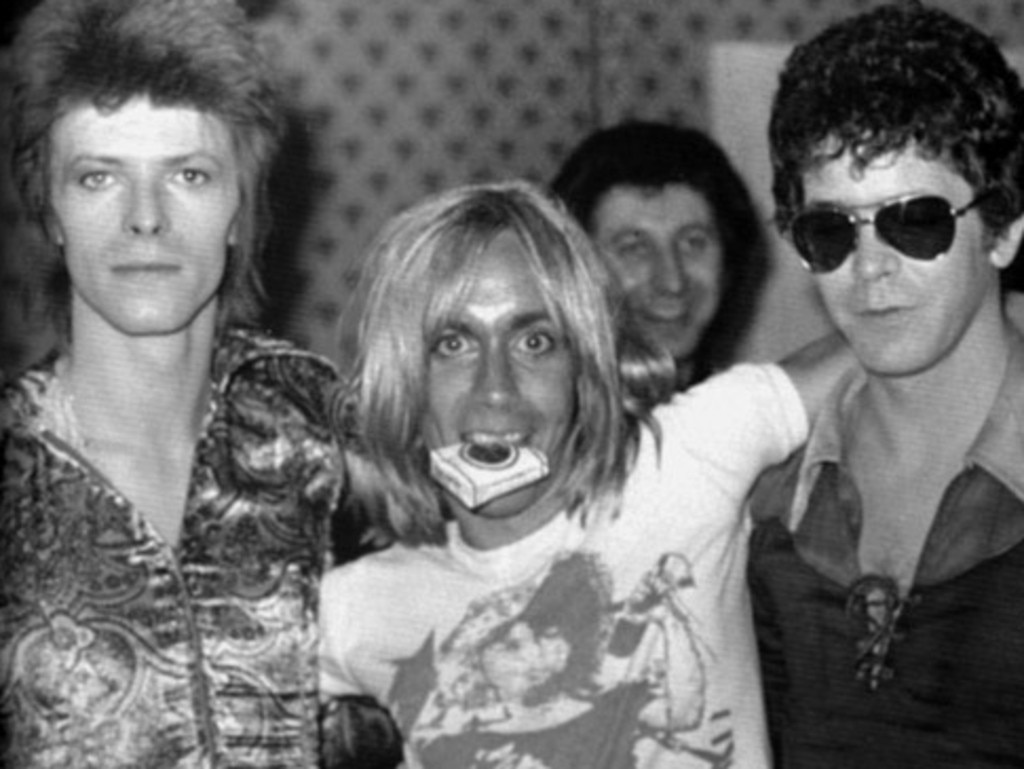
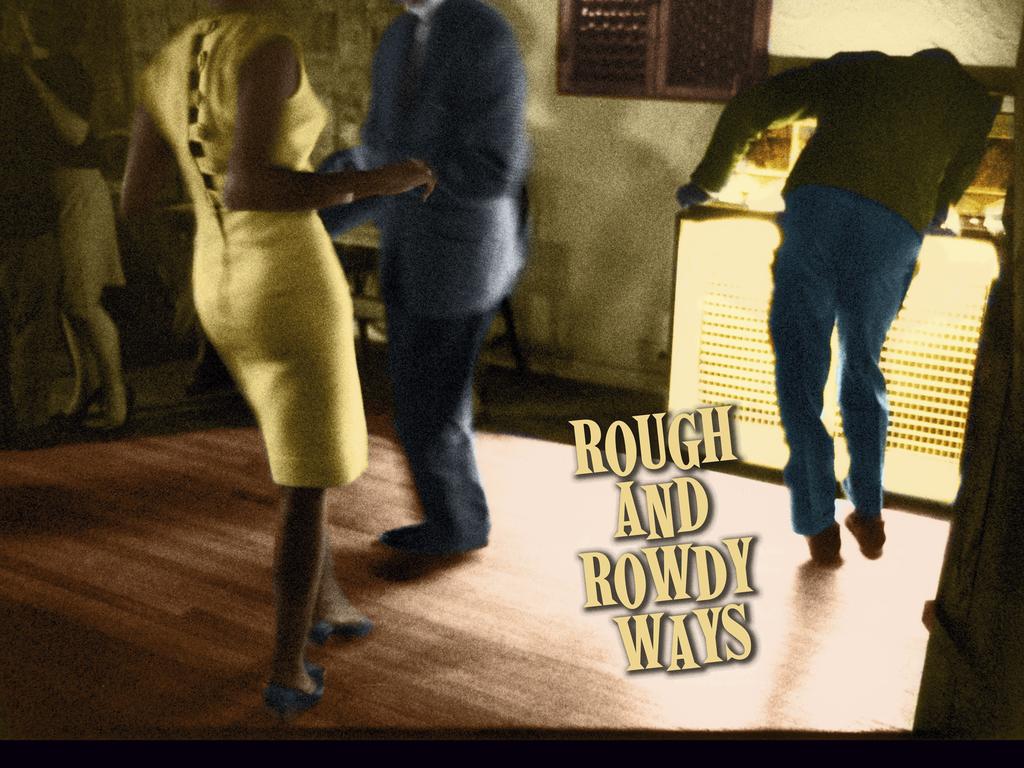


To join the conversation, please log in. Don't have an account? Register
Join the conversation, you are commenting as Logout